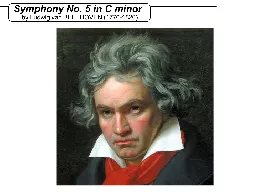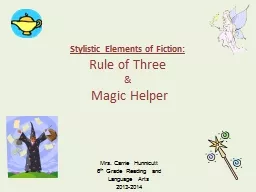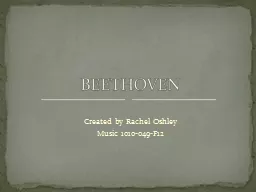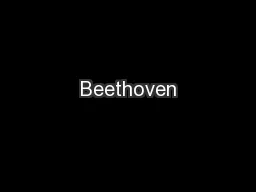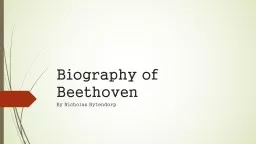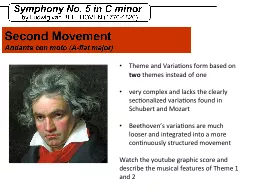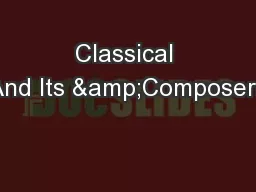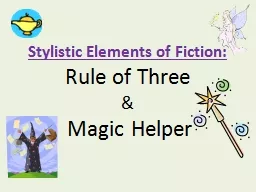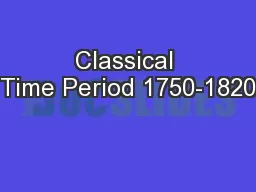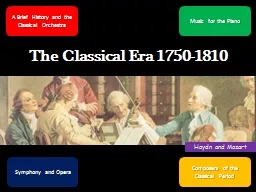PPT-Beethoven's stylistic innovations bridge the Classical and
Author : briana-ranney | Published Date : 2017-01-27
periods Beethovens Orchestra Beethoven created a bigger sound by adding more instruments to the Classical Orchestra The new instruments didnt all play in every single
Presentation Embed Code
Download Presentation
Download Presentation The PPT/PDF document "Beethoven's stylistic innovations bridge..." is the property of its rightful owner. Permission is granted to download and print the materials on this website for personal, non-commercial use only, and to display it on your personal computer provided you do not modify the materials and that you retain all copyright notices contained in the materials. By downloading content from our website, you accept the terms of this agreement.
Beethoven's stylistic innovations bridge the Classical and: Transcript
Download Rules Of Document
"Beethoven's stylistic innovations bridge the Classical and"The content belongs to its owner. You may download and print it for personal use, without modification, and keep all copyright notices. By downloading, you agree to these terms.
Related Documents

